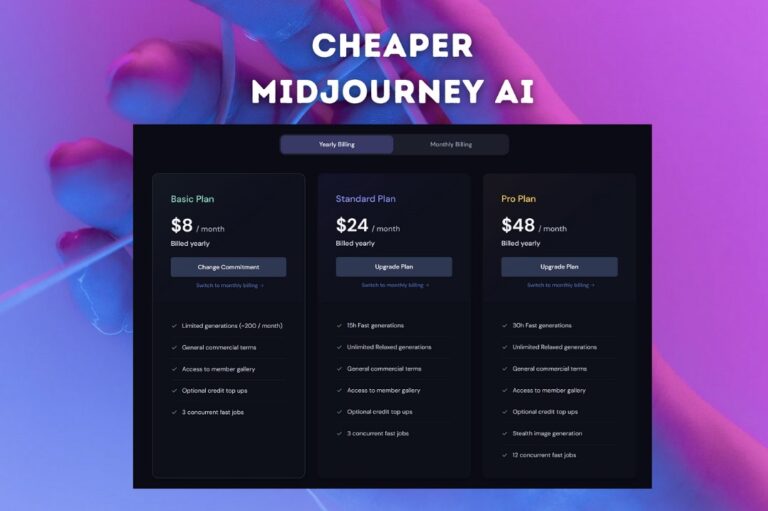How to Write SEO-Optimized Blog Posts

Writing SEO-optimized blog posts is essential for increasing your website’s visibility, driving organic traffic, and boosting engagement. When done correctly, an SEO-focused article can rank higher on search engines and attract the right audience. This guide covers everything you need to know about creating high-quality SEO content for your blog, from keyword research to optimizing on-page elements. Discover more as we dive into the key strategies and tips!
Why is SEO Important in Blogging?
Search Engine Optimization (SEO) is crucial for ensuring that your blog content is discoverable by search engines like Google. Without proper optimization, even well-written articles might not reach their target audience. Implementing SEO strategies helps improve your blog’s ranking, making it easier for people to find your content.
How to Start a Successful SEO-Optimized Blog Post
To start, identify a topic that aligns with your blog’s niche and your audience’s interests. Once you have a topic, research the main keyword. For example, if you are writing about “how to write SEO-optimized blog posts,” this phrase should appear naturally in your content. Choose long-tail keywords that reflect what people are searching for and ensure that your content addresses those queries.
Top Blogging Platforms for SEO-Optimized Content
Some blogging platforms are more SEO-friendly than others. Platforms like WordPress, Wix, and Squarespace offer built-in SEO tools that can help you optimize your content. WordPress, for instance, has plugins like Yoast SEO, which guides you through on-page optimization. Choose a platform that supports SEO features like meta descriptions, alt text for images, and easy content formatting.
Proven Strategies to Write SEO-Optimized Blog Posts
- Keyword Research: Use tools like Google Keyword Planner or SEMrush to find keywords related to your topic. Choose keywords with a good search volume and low competition.
- Content Structure: Divide your article into sections using subheadings. This not only makes it easier to read but also helps search engines understand the content better.
- Use of Keywords: Include the main keyword in your title, first paragraph, and conclusion. Use related keywords and synonyms throughout the content to maintain relevance.
- Content Length: Write detailed articles that are longer than the top-ranking results on Google. Longer content often performs better in search results.
- Optimize Images: Use descriptive file names and include alt text for images to improve their discoverability.
Content Planning for SEO-Optimized Blog Posts
Create a content plan that outlines the topics you will cover and the keywords you will target. This plan should include a publishing schedule to maintain consistency. A well-planned content calendar will ensure that your blog stays active and relevant.
The Role of Social Media in Promoting SEO-Optimized Blog Posts
Once your SEO-optimized blog post is live, promote it on social media platforms. Sharing your content on social channels increases its visibility and drives additional traffic to your site. The more engagement your post receives, the more likely it is to rank higher in search results.
Analyzing Blog Traffic for SEO Performance
Use tools like Google Analytics and Google Search Console to track your blog’s performance. Monitor metrics such as page views, bounce rate, and average time on page. This data helps identify areas for improvement and can guide your future content strategy.
You may also like this :How to Cancel Audible Membership
Top Blog Niches for High SEO Rankings
Certain niches tend to perform better in SEO. Examples include health and wellness, personal finance, technology, and lifestyle. Choose a niche that has a good balance of search volume and competition. Optimize your content to address the specific needs and questions of your audience in that niche.
Common Mistakes to Avoid When Writing SEO-Optimized Blog Posts
- Keyword Stuffing: Avoid overusing keywords in your content. It can lead to penalties from search engines.
- Ignoring Meta Descriptions: A well-crafted meta description can improve click-through rates.
- Not Using Internal Links: Link to other relevant articles within your blog to keep readers engaged and improve SEO.
Creating Engaging Blog Content: Tips to Keep Readers Coming Back
Use storytelling techniques, engaging headlines, and high-quality images to make your content more appealing. Encourage comments and interaction to build a loyal reader base.
Conclusion
Writing SEO-optimized blog posts is a vital skill for any blogger or content creator. By following the strategies outlined in this guide, you can improve your blog’s visibility and attract more traffic. Remember to use the main keyword, “how to write SEO-optimized blog posts,” strategically throughout the content. With consistent effort and attention to detail, your blog can become a top-ranking source of information for your audience.
Additional Subheadings for SEO-Optimized Content:
- Keyword Placement: Where and How to Use Keywords for Maximum Impact
- Understanding Search Intent: Writing Content That Matches User Needs
- Using Headers and Subheaders for Better SEO and Readability
- The Role of Backlinks in Boosting SEO for Your Blog
- How to Improve Your Blog’s Page Speed for SEO Success


